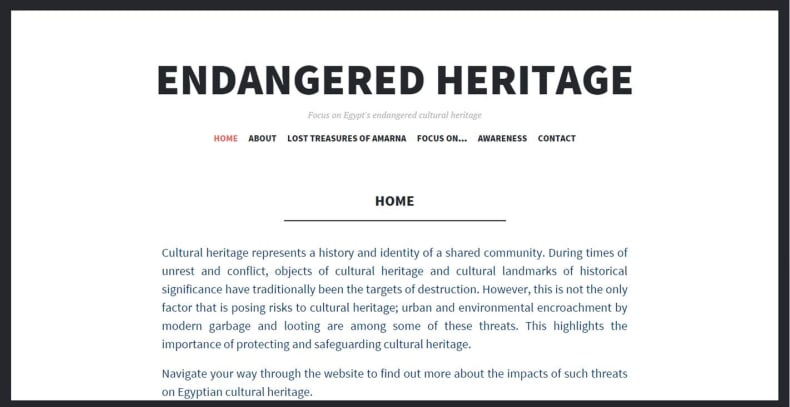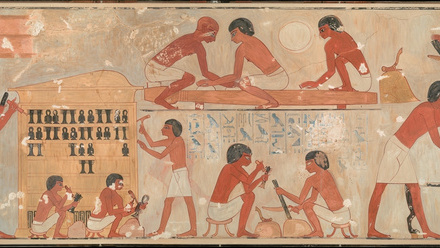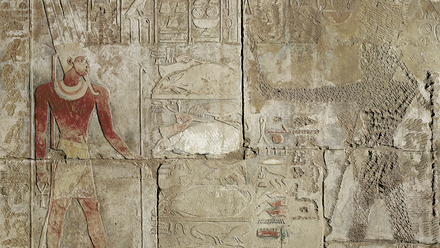Endangered Heritage
This year the Egypt Exploration Society considered new ways of exploring archives and as part of her 2015 EES Lucy Gura Archive internship, Fahema Begum created a small exhibition looking at the use of archives in Egyptology in a context of political unrest and the current challenges faced by heritage sites in Egypt. Here Fahema discusses her exhibition, entitled ‘Endangered Heritage’, and the message it communicated.
Cultural heritage can face many threats and challenges, and Egypt’s monuments and archaeological remains are no exception. As far back as 1877, Amelia Edwards recognized the damage caused to Egypt’s monuments by untrained scholars, illicit digging, and mass tourism. To help combat these threats she established the Egypt Exploration Fund (now Society), and, for the last 133 years, the EES has continued her mission to explore Egypt’s heritage and protect it for future generations. But the threats to cultural heritage continue, a topic that ‘Endangered Heritage’ sought to present in its broader context of political conflict.
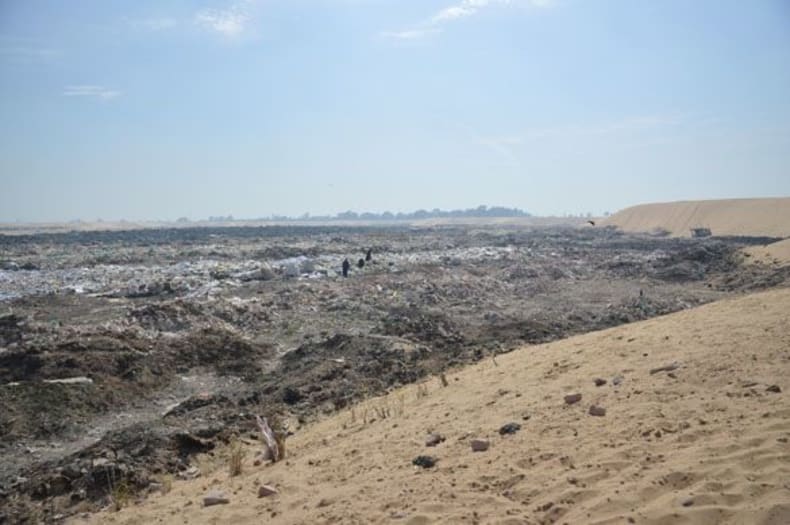 Today, cultural heritage faces many threats - including our own concession at Quesna where the gezira is currently threatened by encroaching landfill area
Today, cultural heritage faces many threats - including our own concession at Quesna where the gezira is currently threatened by encroaching landfill area
The concept of ‘Endangered Heritage’ arose from my interest in cultural heritage and collective memory, and how factors such as conflict affect cultural identity and local engagement. The Egyptian Revolution of 2011 meant that Egyptian national heritage was challenged more than ever and archaeological sites faced more threats than before. Many magazines and museums, including the Egyptian Museum in Cairo, were broken into, with numerous artefacts and antiquities being damaged or stolen. Although some were recovered and restored, some objects are still yet to be returned.
While the nature of these threats may be different to those witnessed by Amelia Edwards over a century ago, they serve as a reminder for the need for scientific investigation of Egypt’s cultural heritage and for careful preservation and exploration of its archaeological remains. ‘Endangered Heritage: Lost Treasures of Amarna’ uses four objects as case studies, to expresses the importance of meticulous record keeping and the growing significance of archives for Egyptology.
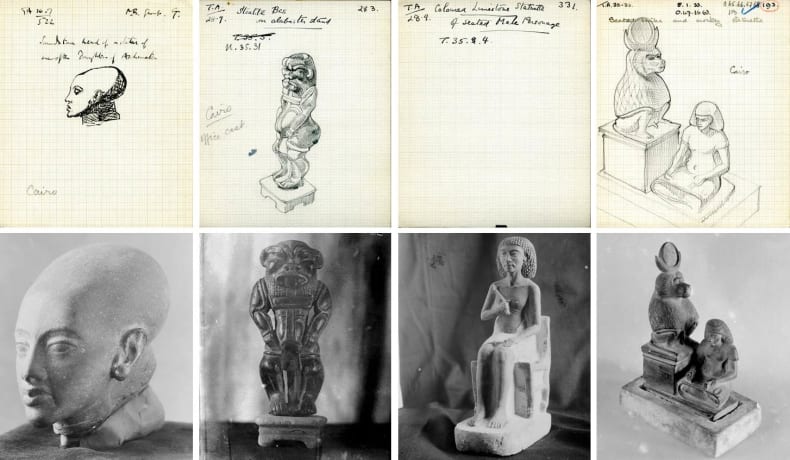
Four objects listed as missing from the Egyptian Museum, Cairo, which were originally discovered by the EES at Amarna between 1921 and 1936
The four objects in question were recorded by the Supreme Council of Antiquities (now the Ministry of State for Antiquities) as missing from the Egyptian Museum in Cairo following the break-in during the 2011 revolution. All four objects were originally donated to the museum by the Egypt Exploration Society following their excavations at Tell el-Amarna between 1921 and 1936. Until 1980, objects found during the Society’s excavations in Egypt were divided between the Egyptian Antiquities Services and institutions subscribing to the Society’s work. During the process of excavation, the objects were drawn and recorded on what we call today ‘object cards’. While the objects themselves can today be found in many museums throughout the world, the object cards and related archive materials are still retained in the EES Lucy Gura Archive.
‘Endangered Heritage’ brought together these related archive materials - object cards, maps, plans, photographic negatives and distribution lists - to reveal the history of each of the four missing artefacts. By displaying them around the EES office visitors were able to discover the details of the missing objects and piece together their history themselves. A pop-up website was built to give greater context about the political unrest in Egypt and the threats faced by Egyptian heritage today: www.endangeredheritage.wordpress.com
Visit www.endangeredheritage.wordpress.com to find out more about the four objects discussed above, and the threats currently faced in Egyptian archaeology
The aim of the exhibition was to demonstrate that, although the objects might be missing, by using archival material, we are still able to trace the biographies of the objects, thus highlighting the importance of archival material to the discipline of Egyptology.
The exhibition also underlines the importance of responsible recordkeeping on archaeological sites; without the efforts of EES expeditions in the 1920s and 30s there would be no records of the discovery of these four missing items.

